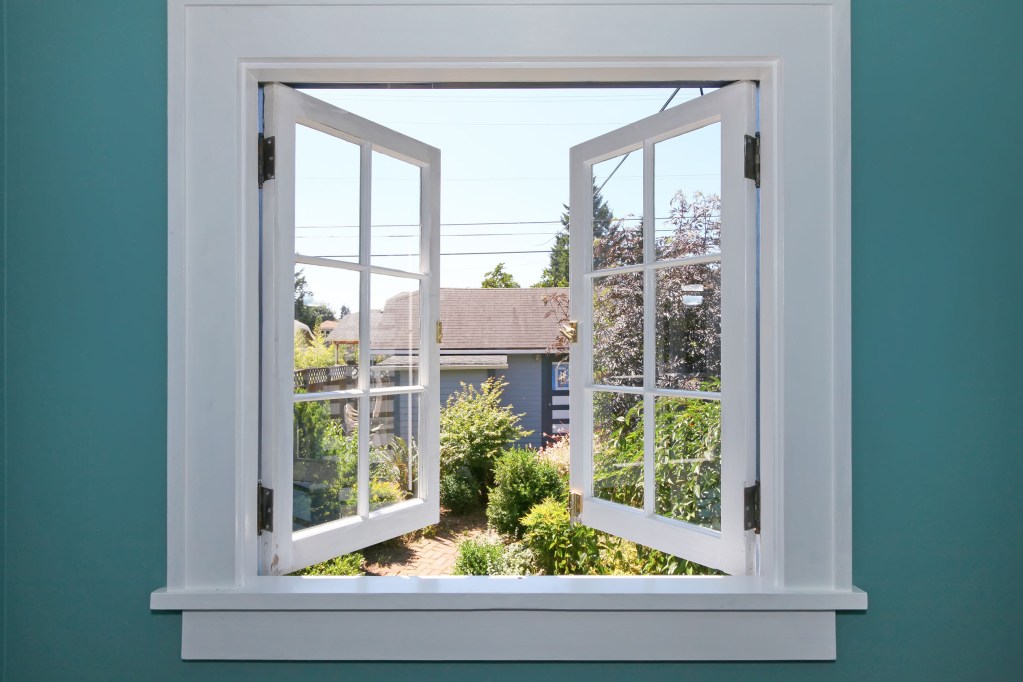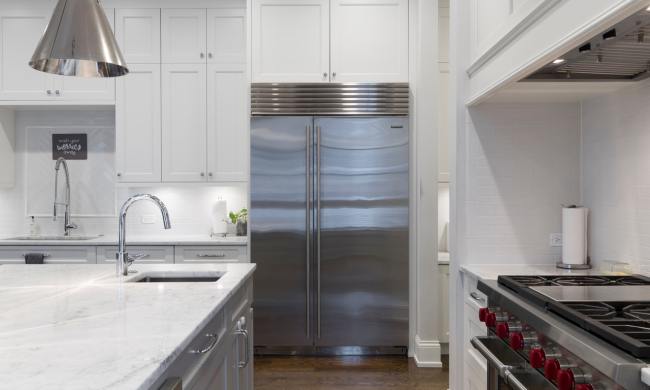
Are you planning to replace a window in your home? If so, you may be scratching your head at all the window terminology, wondering what to do when it comes to navigating window types and sizing. Luckily, we’re here to help. Today, we’re discussing everything you need to know about standard window sizes to alleviate any confusion.
Understanding window basics

Before you begin to consider window sizing, it’s important that we cover the basics to ensure you understand what to look for before you buy.
What is window notation?
Window notation is the method by which window manufacturers label their standard sizing. You might see a four-digit number like “2840” listed with the window you plan to install. This number indicates the size of your window. “2840” would represent a window sized 2 feet, 8 inches by 4 feet, 0 inches.
Knowing how to read window notation can ensure you get the right window for your home improvement project.
What is a window sash?
You might also come across the phrase “window sash” as you shop. A window sash is a part of your window that consists of the frame and glass. It’s the moveable part of the window that allows you to move the window pane up and down or side to side whenever you open it to allow a breeze into your home.
Types of windows and their standard sizing

Newer homes often have standard window sizes. However, some homeowners who live in older homes may need to purchase custom windows for their projects. If you own a newer home and intend to replace your windows, here are the standard sizes you should know.
Double-hung windows
Double-hung windows are the most common window type in the U.S. They typically slide up and down and are taller than they are wide. Their height ranges from 36 inches to 72 inches, and their width ranges from 24 inches to 48 inches. Since double-hung windows have two window sashes, both the top pane and bottom pan can lift up and down, depending on your needs.
Double-hung windows are most popular in living rooms and bedrooms, where homeowners can open their windows with ease.
Here are the most common standard sizes for double-hung windows:
- 2 feet wide and 3 feet high (2030)
- 2 feet wide and 4 feet, 4 inches high (2044)
- 2 feet, 8 inches wide and 4 feet high (2840)
- 2 feet, 8 inches wide and 5 feet, 2 inches high (2852)
- 4 feet wide and 6 feet high (4060)
Single-hung windows
Alternatively, single-hung windows have one sash, meaning the top portion always remains in place while the lower portion of the window is mobile. The standard window sizing for single-hung windows is the same as the standard sizing listed above for double-hung windows.
Single-hung windows are most common in living areas and bedrooms, but often limited to lower floors for greater ease.
Sliding windows
Sliding windows have a window sash that allows the window to “slide” horizontally rather than vertically, like the traditional double-hung windows. Sliding windows can be mobile on both sides or have a fixed panel that doesn’t open. These windows are always wider than they are tall, often 36 inches to 84 inches in width and 24 inches to 60 inches in height. They are popular in many rooms of the house but are most common in shared living areas, kitchens, and bathrooms.
These are the standard sliding window sizes:
- 3 feet wide and 2 feet high (3020)
- 3 feet wide and 3 feet high (3030)
- 5 feet wide and 3 feet high (5030)
- 6 feet wide and 4 feet high (6040)
Picture windows
Picture windows don’t have sashes, and therefore, they remain fixed or in place. This means that they can’t be opened. They have a wide range of heights and widths, with both ranging from 24 inches to 96 inches, depending on your needs.
Picture windows aren’t as common as double-hung or single-hung alternatives, but they can be quite common in formal living rooms or entryways.
Here are the most common picture window sizes:
- 3 feet wide and 2 feet high (3020)
- 5 feet wide and 3 feet high (5030)
- 6 feet wide and 4 feet high (6040)
- 4 feet wide and 5 feet high (4050)
Casement windows
Casement windows open from the side like a door and are a common choice for basements, bathrooms, and laundry rooms. They open via a crank mechanism and can have one or more sashes, depending on the style you choose. They are often smaller in size and typically don’t exceed 2 to 3 feet in width.
These are the most common casement window sizes:
- 1 foot, 7 inches wide and 1 foot, 4 inches high (1714)
- 1 foot, 7 inches wide and 2 feet, 5 inches high (1725)
- 2 feet, 3 inches wide and 2 feet, 3 inches high (2323)
Other types of windows
Other types of windows, including bay, egress, awning, hopper, and transom windows, also have standard or custom sizes. Thankfully, if you intend to replace any of these, you can take measurements and head to your local home improvement or specialty store to inquire about replacement windows.
Knowing how to read window notation and preparing yourself by understanding standard window sizes can help save you time and headache when you head to the home improvement store. Just be sure to measure your existing windows before you make any purchases.



